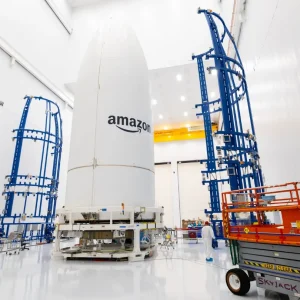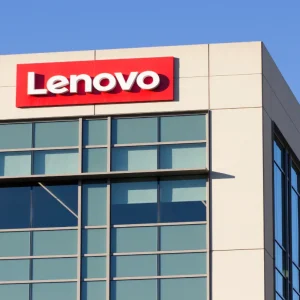
Nokia has unveiled it’s Worldwide IoT Network Grid (WING), a new system designed to herd businesses towards IoT solutions.
The network aims to help communications providers and businesses to fully utilise new options that have been made available with the recent growth of the Internet of Things.
The service provided will hopefully allow connectivity across borders by intelligently switching between cellular and non-cellular service. One example of the systems benefits could be a a freight ship being linked by satellite at sea but becoming linked to the network whilst near port.

In a statement, Alexandra Rehak, head of Ovum’s Internet of Things Practice, said: “Nokia is offering an innovative approach to IoT enablement with its IoT connectivity as a managed service offering. The complexity of IoT deployment, service development and business models makes it imperative for market participants to play to their strengths and build long-term, flexible partnerships.”
“The new offering leverages Nokia’s broad portfolio of technologies and strong expertise in network design and management, and should open up new business opportunities for operator customers and large enterprises alike.”
Nokia will be in charge of both the network’s back-end and it’s functionality. The network will be optimised and manged though the use of it’s own IMPACT platform and central command centre to ensure security and privacy.
In the statement Nokia predicted that the areas that will benefit the most from it’s WING service are transport, utilities, and health, which have all seen exponential increases in their adoption of smart technology. The WING service is expected to reduce costs and adoption times of IoT services across the board.
Igor Leprince, head of Global Services at Nokia, said: “IoT connectivity as a managed service is an answer for enterprises to the current IoT deployments that are hampered by the patchwork of business agreements to connect devices around the world.”
WING is expected to be available in the third quarter of 2017.






